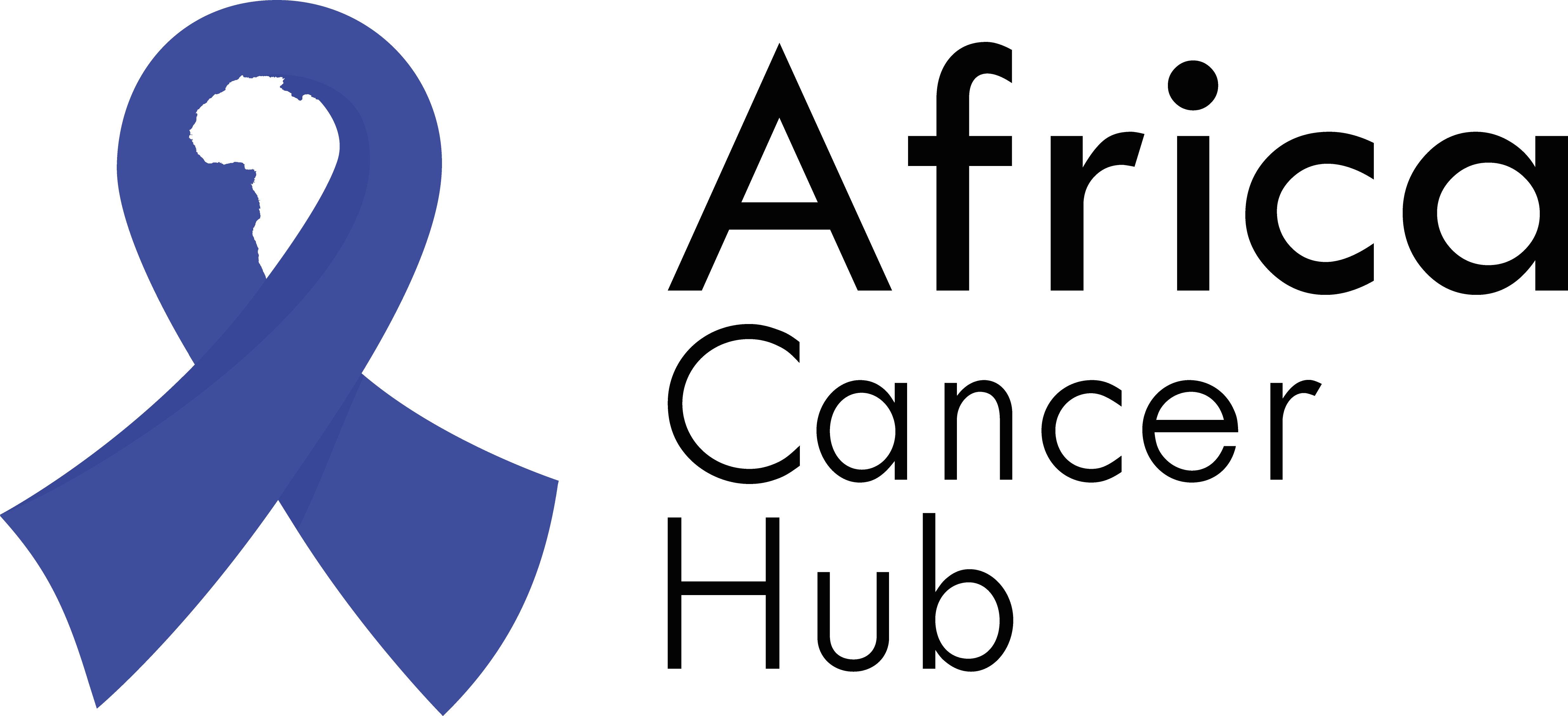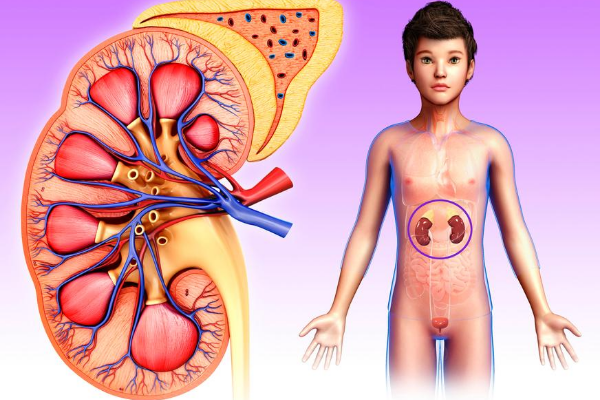Neuroblastoma starts from the immature nerve cells present all over the body and usually starts from the adrenal glands. These adrenal glands have similar nerve cells as kidneys. However, neuroblastoma can develop in any area of the body. It includes the abdomen, chest, neck, or even the spine.
Neuroblastoma is a paediatric cancer that mostly affects children that are under the age of five, though it can affect older children and teenagers. A positive point of this type of cancer is that it can go away on its own with age. However, some forms may require treatment, which is dependent on several factors.
It is the most prevalent cancer in infants and children is neuroblastoma. It accounts for 8 to 10% of tumours in childhood and about 15% of cancer-related death in children.
According to researches, two African countries have the highest rate of neuroblastoma. This includes Tanzania and Namibia. Six percent of the cases in Tanzania include Neuroblastoma. 6.35% of the cases in Namibia include Neuroblastoma.
Types of Neuroblastoma
Neuroblastoma has several clinical features. Because of this, doctors can often misdiagnose the disease. There are various variables at work when a child becomes infected with the disease. Depending on a combination of several factors, there are three types of the disease
-
Type 1
Neuroblastoma of this type has the highest chances of a 2-year survival rate that is 95%. Usually occurs at the age of less than one year. One copy of the MYCN gene is also present in these patients. Type 1 Neuroblastoma usually portrays Stage 1, II, or IV characteristics.
-
Type 2
Neuroblastoma of this type has a 20 to 25% chance of a three-year survival rate. Patients who suffer from type 2 neuroblastoma also have one copy of the MYCN gene. It can affect children of any age. Such patients portray features of Stage III and IV neuroblastoma.
-
Type 3
This type of neuroblastoma has the lowest chance of survival rate. That is less than 5% and has a 3 years survival rate. It affects children between one to five years of age. A distinguishing character of this type of cancer is an amplification of the MYCN gene. Type 3 neuroblastoma portrays characters of stage III and stages IV disease.

